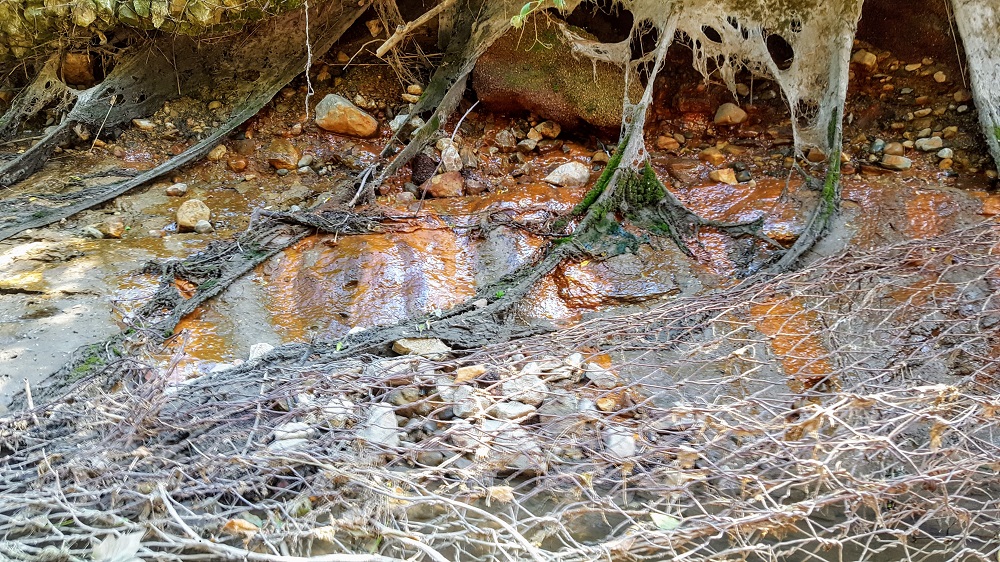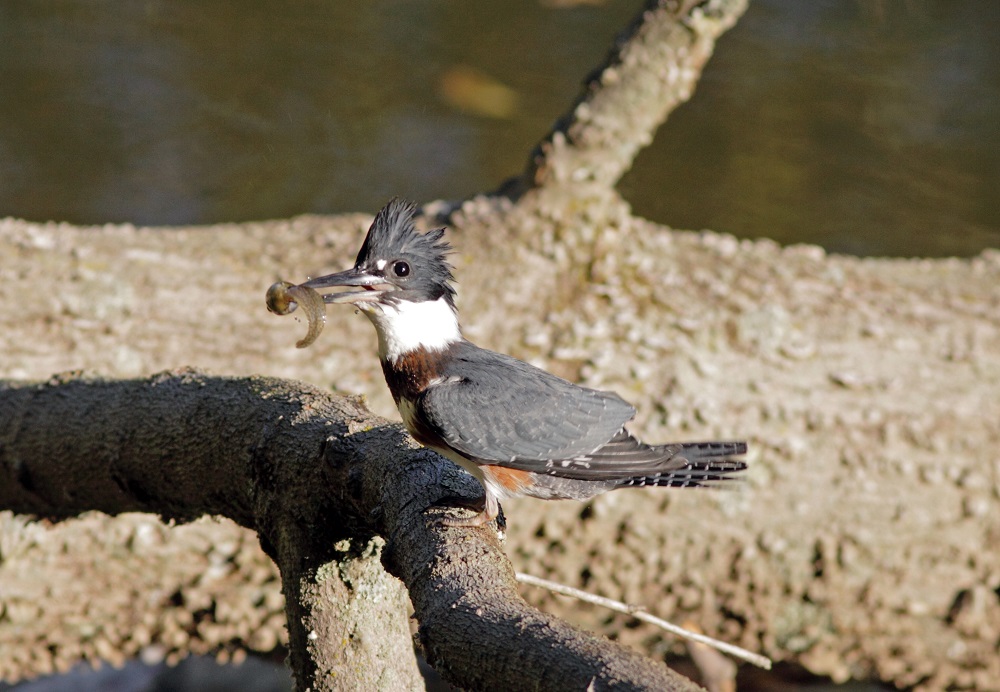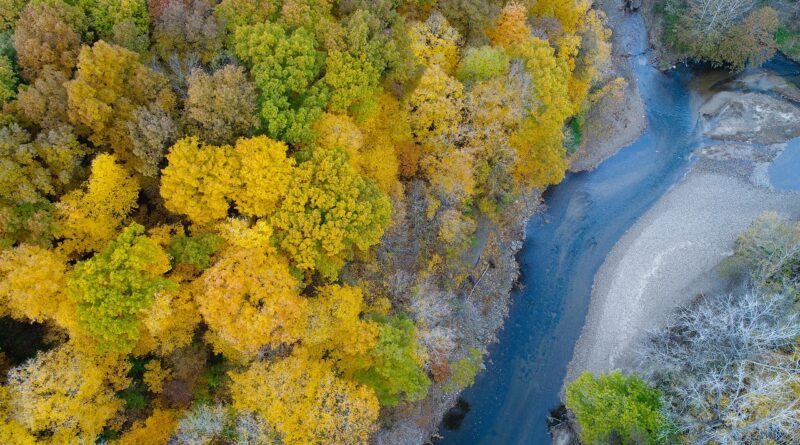Get Yer (Coal) Ash Out of the Vermillion River!
Podcast: Play in new window | Download (Duration: 2:02:15 — 58.4MB)
Subscribe: Apple Podcasts | Spotify | Android | iHeartRadio | Podchaser | Email | TuneIn | RSS | More
(August 1, 2021 – Featured image courtesy of Prairie Rivers Network) Ladles and genomes, we have an announcement to make. For the second week in a row, we’re reporting good news. I know. What’s happening to the world? After all, few people who protect the planet for a living often go to sleep happy. However, sometimes the good guys win. In this case, a coalition of Illinois organizations, activists, state agencies, lawmakers and concerned citizens made their voices heard. They said, “Get yer (coal) ash out of the Vermillion River!” And it worked.
Peggy and I were introduced to this issue in 2018. That’s when the Middle Fork of the Vermillion River in east central Illinois earned a dubious distinction. It was put on a list of America’s Most Endangered Rivers® of 2018 by American Rivers. The threat, as they explained, came from the Vermillion Power Station, shuttered in 2011.

The plant sits on the bluff above the Middle Fork of the Vermilion River, and the 3.3 million cubic yards of coal ash produced over its 55-year operating life were dumped into three massive pits in the floodplain below. Inside the unlined coal ash pits, the groundwater saturates the coal ash, then seeps continuously into the Middle Fork. Contaminants stain the riverbank and create stagnant orange pools when the river is at low flow. Coal ash contaminants can include arsenic, barium, boron, chromium, iron, lead, manganese, molybdenum, nickel and sulfate, which are known to cause birth defects, cancer and neurological damage in humans and can harm and kill wildlife, especially fish.
Did I mention that the Middle Fork of the Vermillion is the state’s only officially designated wild and scenic river?
People power and messaging
Meanwhile, a coalition of groups were saying, “Get yer (coal) ash outta here!” Prairie Rivers Network (PRN) had focused on the Vermillion Power Plant for years. Pam and Lan Richart from Eco-Justice Collaborative (EJC) helped to get the Fisk and Crawford plants closed in Chicago. Then, they moved their operation downstate. They created the video Waiting for Disaster: Coal Ash on the Middle Fork in 2014. The next year, they started a grassroots campaign. The law organization Earthjustice (EJ) brought two lawsuits forward on behalf of PRN–one in Illinois and one in federal court.

In addition, Jenny Cassel with EJ wrote much of the Illinois Coal Ash Pollution Prevention Act. She and Andrew Rehn of PRN worked with the Environmental Integrity Project and Sierra Club to draft Cap and Run: Toxic Coal Ash Left Behind by Big Polluters Threatens Illinois Water. What else did these groups do?
- Worked with agencies and elected officials, including State Senator Scott Bennett and State Representative Mike Marron
- Hosted Town Hall meetings and innumerable public presentations
- Organized and hosted a “Peoples Hearing” when the IEPA refused to hold one
- Organized for the IEPA’s water quality certification public hearing, attended by 300 people
- Worked with the Protect the Middle Fork Citizens Advisory Group to generate thousands of letters and petitions. That pressured the IEPA to take legal action.
The future
As a result, Dynegy announced a month ago that it will remove the coal ash from the site. Still, the battle continues. The lawsuits are still in court. The coal ash still poses a threat to the Vermillion River. Dynegy is required to have plans ready for a public meeting on or before December 17, 2021. EJC, PRN and EJ will serve as watchdogs over the process.
Pam Richart reflects on how this got done.
For me and Lan …. this is a story about people power and messaging. That’s what got this across the finish line, after languishing for years. Yes, this is a result of the enforcement action by the IEPA. But that wouldn’t have happened without the pressure we put on the IEPA to finally get out on the river and do something. That trip resulted in the second notice of violation, which led to the enforcement action.
It’s not just in Illinois
In the end, people said, “Get yer (coal) ash outta here!” And it happened. It gives one hope for other environmental battles. For instance, a similar battle is raging in Michigan City, Indiana. Just Transition Northwest Indiana launched a petition to get Northern Indiana Public Service Company (NIPSCO) to clean up coal ash at that local plant. We thank friend of the show Ashley Williams, who sent along that information.
Finally, a new report released by Earthjustice says local communities will benefit from coal ash clean up. Economists, environmental engineers and hydrogeologists studied three coal plants. They found that “clean closure” would result in 2 to 7 times greater positive economic impacts for each community over a leave-in-place alternative. Heck, I could have told you that. I’m sure today’s guests agree. But I like hearing from the experts.
I fear I am not doing justice to the full scope of the project in this humble blog post. That’s why Pam Richart, Jenny Cassel and Andrew Rehn join us on the show today. They will fill in the blanks I left open. You need to hear this story. Tune in to the live stream or listen to the podcast. See you on the Intertubes.

